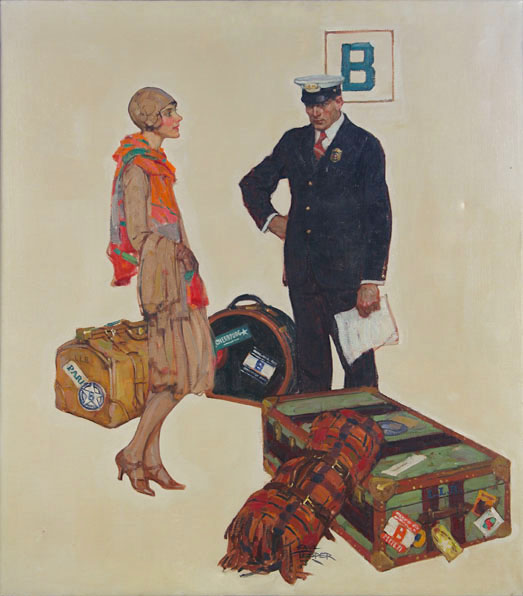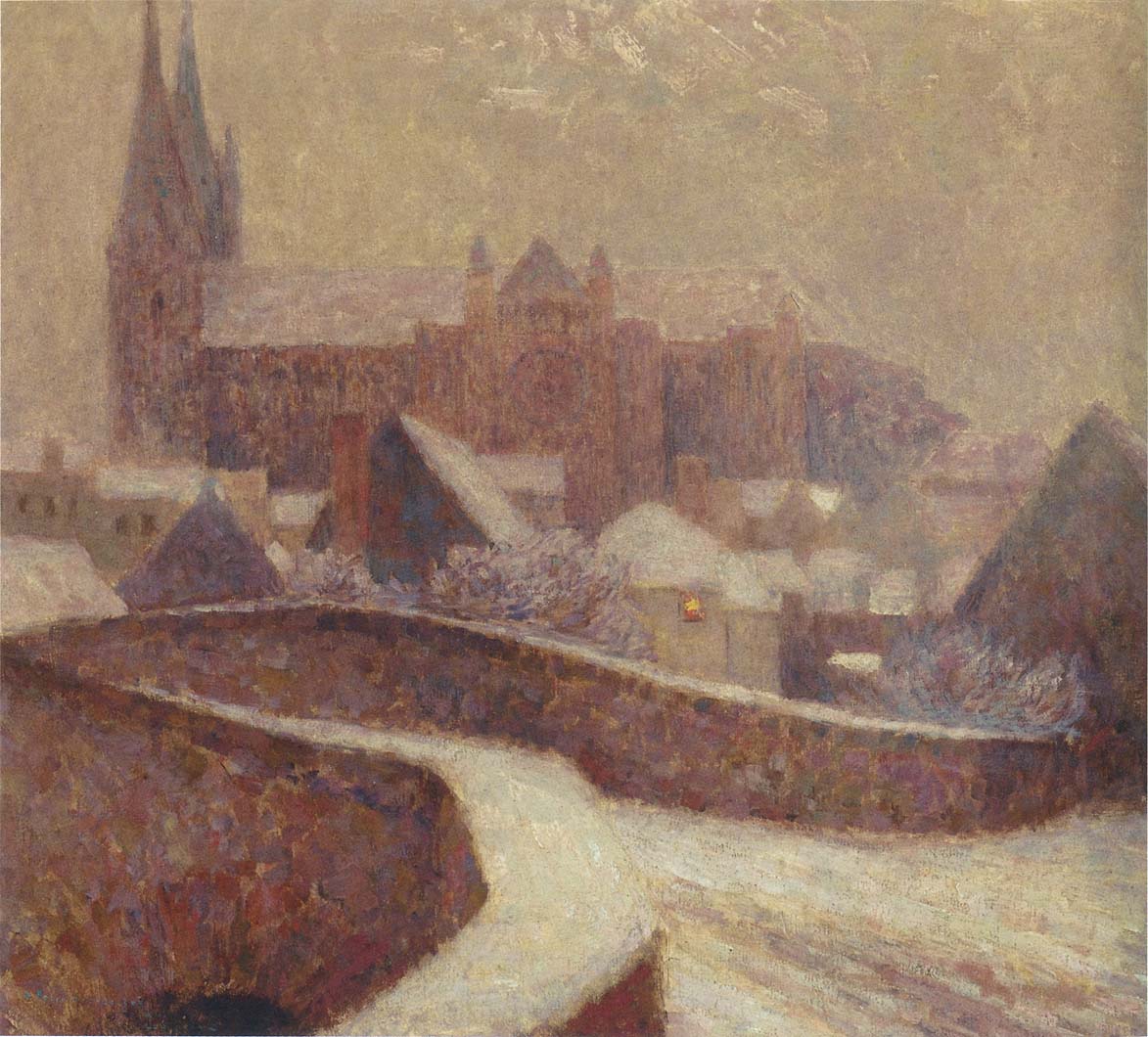Saul Tepper (1899-1987) is one of my favorite illustrators active in the 1920s and 1930s. So I was very pleased to see that Illustration Magazine featured him in this, the issue current when this post was drafted. I wrote about Tepper here, and mentioned him in a few other places. More regarding him can be found here, here, and here.
Tepper's 1920s style was similar to the 1920s work of Dean Cornwell, perhaps in part because they studied under Harvey Dunn. Later on, both Cornwell and Tepper adjusted their styles to new illustration fashions, though Tepper eventually changed his career from being strictly being an illustrator (read the Illustration article for details).
Below are examples of Tepper's work from that era, some also appearing in the magazine article.
From a 1933 issue of McCall's magazine.
Detail of illustration for General Electric refrigerators, 1930.
Illustration for a story about football (American).
"The Make-Up Time" story illustration -- 1930s college students.
One of my favorites, this from a Chesterfield Cigarettes advertisement. I like the toned-down colors and the pose of the flapper just off the ship from Europe confronting a U.S. Customs inspector.





















































